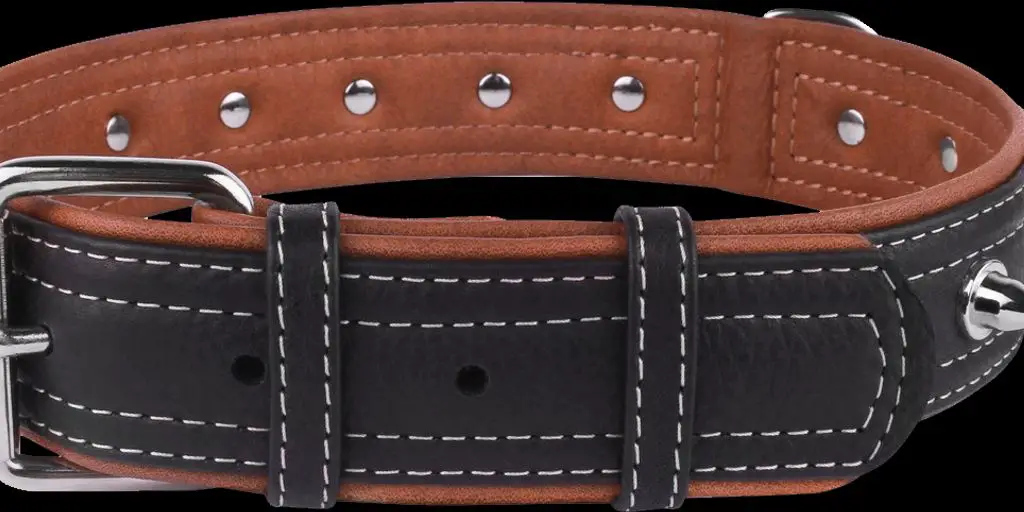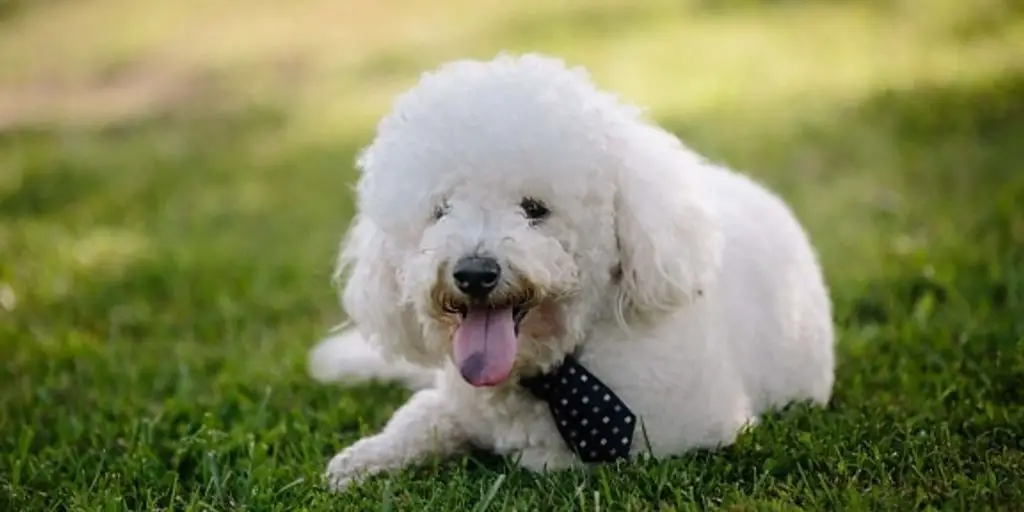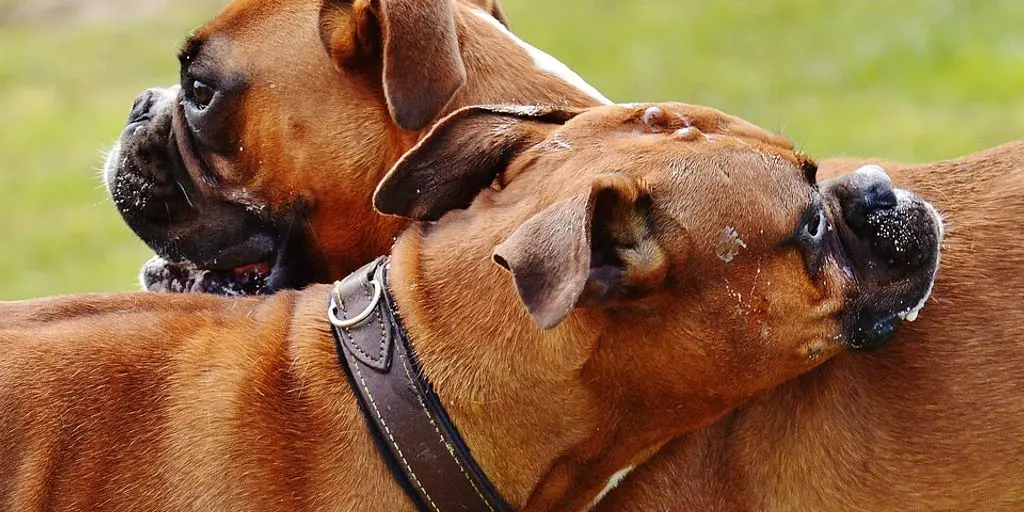Choosing the right collar for your toy dog is crucial for both comfort and functionality. Toy dogs, due to their small size and delicate structure, require collars that are appropriately sized and made from materials that won’t irritate their skin or weigh them down. This guide provides detailed insights into selecting the best collars tailored to the unique needs of toy breeds.
Key Takeaways
- Understand the specific needs of toy breeds when selecting collars to ensure comfort and safety.
- Consider adjustable collars for a perfect fit as toy dogs can have varying neck sizes despite their small stature.
- Look for hypoallergenic materials if your toy dog has sensitive skin or allergies.
- Invest in collars with safety features like reflective materials for visibility during night walks.
- Explore collar accessories such as tags and GPS units for added functionality and peace of mind.
Understanding Collars for Toy Dogs

When it comes to our tiny furry friends, choosing the right collar is crucial not just for their comfort but also for their safety. Let’s dive into the types of collars that are best suited for toy breeds. Comfort and safety should always be your top priorities. You’ll want to look for lightweight materials that won’t irritate their delicate skin.
Materials and Comfort Considerations
For toy dogs, the material of the collar is especially important. I’ve found that soft, breathable fabrics like nylon are great because they’re gentle on the skin and easy to clean. It’s also essential to ensure the collar has a snug fit without being too tight, which could cause discomfort or even injury.
Safety Features to Look For
Safety is paramount when selecting a collar for your toy dog. Features like breakaway buckles or elastic panels can prevent your dog from getting caught and choking if the collar snags on something. Reflective materials are also a smart choice for increasing visibility during evening walks.
How to Measure Your Toy Dog for a Collar
Step-by-Step Guide to Measuring
To ensure a perfect fit for your toy dog’s collar, start by gathering a fabric measuring tape or a piece of string and a ruler. Have your dog stand still, possibly luring them with a treat. Wrap the tape or string around the thickest part of their neck, just below the ears, and ensure it’s snug but not tight. You should be able to fit two fingers under the tape comfortably. If using string, mark it and then measure the length with a ruler.
Understanding Collar Sizes
Collar sizes can be confusing, but they’re crucial for your dog’s comfort and safety. Most collars are adjustable, and sizes are generally listed by neck measurement. Always check the product details for sizing information and consider whether your dog might grow or need a different size due to fur length changes.
Tips for a Perfect Fit
Always opt for an adjustable collar to accommodate slight changes in your dog’s size. Remember the two-finger rule to check for snugness. Additionally, observe your dog’s behavior with the new collar. Adjustments might be necessary if they seem uncomfortable or if the collar rotates too freely around their neck.
The Best Collar Materials for Toy Dogs

Leather vs. Fabric: Pros and Cons
When it comes to choosing the best collar material for your toy dog, the debate often boils down to leather versus fabric. Leather collars are praised for their durability and classic look, but they can be stiff and less comfortable initially. On the other hand, fabric collars are generally softer and more colorful, offering a comfortable fit from the start but may not last as long as leather.
Hypoallergenic Materials
For toy dogs with sensitive skin, hypoallergenic materials are a must. Materials like silicone or high-quality nylon can prevent irritation and discomfort. It’s crucial to choose collars that are free from harsh chemicals and dyes that could trigger allergic reactions.
Durability and Maintenance
Lastly, considering the durability and maintenance of the collar material is essential. Leather, while durable, requires regular conditioning to maintain its quality. Fabric collars are easier to wash but might need more frequent replacements due to wear and tear. Always opt for materials that balance longevity with ease of maintenance to ensure your toy dog’s collar is both practical and long-lasting.
Adjustable Collars: A Must-Have for Toy Dogs

Benefits of Adjustable Collars
I’ve found that adjustable collars are a game-changer for toy dogs. They grow with your pet, ensuring a perfect fit at every stage. Adjustable collars are essential for both comfort and safety, allowing for easy adjustments as your dog grows or changes in weight.
How to Adjust for Comfort and Safety
Adjusting a collar is straightforward. Start by ensuring it’s loose enough to fit two fingers between the collar and your dog’s neck, but tight enough that it can’t slip over their head. Regular checks and adjustments ensure the collar remains a perfect fit.
Recommended Brands
When it comes to brands, I recommend looking for those that prioritize your pet’s comfort and safety. Brands like A+A PETS and SR VISION offer collars that are not only stylish but also made from skin-friendly materials like soft nylon, which is ideal for dogs with sensitive skin.
Collar Accessories for Toy Dogs
Tags, Charms, and Bells
Accessorizing your toy dog’s collar can be both fun and functional. Adding tags is essential for safety, ensuring your pup can be identified if lost. Charms add a personal touch, reflecting your dog’s personality or your style. Bells are not just cute; they’re practical, especially for keeping track of a tiny, quiet dog around the house.
GPS and Smart Collars
In today’s tech-driven world, GPS and smart collars are becoming a must-have for pet owners. These devices help you monitor your dog’s location and activity levels, providing peace of mind when you’re not together. They can be particularly useful for toy breeds that are quick and can easily slip out of sight.
Light-Up Collars for Night Safety
For those evening walks or backyard let-outs, light-up collars are a brilliant idea. They enhance visibility, making your toy dog noticeable to drivers and others, which is crucial for their safety during low-light conditions. It’s a simple yet effective way to keep your furry friend safe at night.
Training Collars for Toy Dogs

When to Use Training Collars
Training collars can be a useful tool for teaching your toy dog obedience and proper behavior. However, it’s crucial to use them only during training sessions under supervision. Never leave a training collar on your dog when unsupervised, as it can pose risks if not monitored.
Types of Training Collars
There are several types of training collars available, including choke collars, prong collars, and electronic collars. Each type has its specific use and should be selected based on the training needs and the temperament of your dog. It’s essential to understand the function and correct use of each type to ensure safety and effectiveness.
Choosing the Right Training Collar
Selecting the right training collar for your toy dog involves considering several factors such as the dog’s size, behavior, and the specific training goals. Always opt for a collar that provides control without causing discomfort or harm. Consulting with a professional trainer can be very helpful in making the right choice.
Fashion and Function: Stylish Collars for Toy Dogs
Trending Styles and Patterns
I’ve noticed that hand-made artisan collars and unique designs are all the rage now. Whether you’re browsing online or in boutique pet stores, there’s no shortage of eye-catching options. From floral prints to geometric patterns, there’s something to match every pup’s personality and your style!
Customizable Collars
Customization is key for that personal touch. Many brands offer engraving or the option to add charms and name tags. Imagine your little buddy sporting a collar with their name in sparkling letters or with cute charms that jingle as they trot around—adorable, right?
Balancing Style and Comfort
It’s crucial to remember that while style is important, comfort should never be compromised. Lightweight materials like soft leather or fabric ensure the collar doesn’t irritate your dog’s neck. Also, adjustable features are a must to ensure a perfect fit as your toy dog grows or changes in size.
Health Considerations When Choosing Collars

Collars for Dogs with Sensitive Skin
When picking a collar for your toy dog, especially if they have sensitive skin, it’s crucial to choose materials that are gentle and non-irritating. Always opt for hypoallergenic materials that prevent skin irritation and allergies. It’s not just about the look; the collar’s material can significantly impact your dog’s comfort and health.
Avoiding Collar-Related Injuries
A collar that’s too tight can be more than just uncomfortable; it can lead to serious injuries. Make sure the collar is snug but not tight, allowing you to slip two fingers under the band comfortably. This ensures that the collar is secure without choking hazards or restricting your dog’s breathing.
Choosing the Right Width and Thickness
The width and thickness of the collar are also vital for your dog’s comfort and safety. A very thin collar might cut into the skin, while a very thick one could be too bulky for a toy breed. Finding a balance is key. A good rule of thumb is to choose a collar that is proportional to your dog’s size and weight, ensuring it provides enough support without being overwhelming.
The Role of Collars in Toy Dog Safety
When it comes to keeping our tiny companions safe, the role of a collar cannot be overstated. Preventing escapes with a secure collar is crucial. A well-fitted collar ensures that your toy dog won’t slip out and run into potentially dangerous situations. It’s not just about having a collar; it’s about having the right one that snugly fits without being too tight.
Collars vs. Harnesses: Which is Safer?
This is a debate many toy dog owners find themselves in. While collars are great for tags and quick walks, harnesses might offer better control and safety, especially for dogs prone to pulling or those with delicate necks. It’s essential to weigh the pros and cons based on your dog’s behavior and physical needs.
Reflective and High-Visibility Options
For those evening strolls or when your little pooch is out in low visibility conditions, opting for collars with reflective materials or high-visibility colors can make a world of difference. It ensures that your dog remains visible to you, other people, and especially drivers, reducing the risk of accidents.
Remember, the safety of your toy dog starts with the right choice of collar. Make it a priority to choose one that not only looks good but also provides the utmost safety.
Budget-Friendly Collars for Toy Dogs
Finding the right collar for your toy dog doesn’t have to break the bank. There are plenty of affordable options that don’t compromise on quality or safety. Here’s how you can ensure you’re getting the best deal without sacrificing the essentials.
Where to Find Affordable Options
Start by checking out online retailers like Amazon or Chewy, where you can compare prices and read customer reviews. Local pet stores often have sales or clearance sections where you can find good deals. Don’t forget to check out local pet fairs and online marketplaces for second-hand options that are often in great condition.
Quality vs. Price: Striking a Balance
It’s crucial to find a balance between cost and quality. Look for collars made from durable materials like nylon, which are often less expensive than leather but still provide longevity and comfort. Ensure the collar has essential features like adjustable buckles and a secure fit to guarantee your pet’s safety.
DIY Collar Ideas
If you’re crafty, consider making your own collar. You can find plenty of tutorials online that show you how to create a stylish and safe collar from affordable materials. This not only saves money but also allows you to customize the collar to your pet’s specific needs and style.
Eco-Friendly Collars for Toy Dogs

Biodegradable and Recycled Materials
I’m always on the lookout for ways to reduce my carbon pawprint, and choosing eco-friendly collars made from biodegradable or recycled materials is a fantastic start. These collars are not only gentle on the planet but also ensure that I’m not compromising on style or durability. Biodegradable materials such as hemp and bamboo are becoming increasingly popular due to their natural and sustainable properties.
Eco-Friendly Brands to Consider
When shopping for eco-friendly collars, it’s essential to support brands that are committed to sustainability. Some of my favorites include brands that use organic materials and employ fair trade practices. It’s a win-win to support companies that contribute positively to the environment while providing high-quality products for my furry friend.
The Impact of Collar Production on the Environment
It’s crucial to consider the environmental impact of collar production. Opting for collars made with low-impact dyes and minimal plastic packaging can make a significant difference. By choosing wisely, I can help reduce the waste and toxins released into our environment, making it a safer place for all creatures, big and small.
Common Mistakes in Choosing Collars for Toy Dogs
Overlooking Fit and Comfort
I’ve seen many pet owners get swayed by the style of a collar without considering how it fits and feels on their toy dog. A poorly fitting collar can lead to discomfort or even injuries. Always ensure the collar is snug but not too tight, allowing you to slip two fingers between the collar and your dog’s neck.
Ignoring Potential Allergens
Materials matter a lot, especially for our little furry friends with sensitive skin. Some collars are made from materials that can cause allergic reactions or irritate your dog’s skin. It’s crucial to check the material and opt for hypoallergenic options if your dog is prone to allergies.
Neglecting Regular Collar Maintenance
Lastly, a common oversight is not maintaining the collar properly. Collars can quickly get dirty and harbor bacteria, leading to skin problems and unpleasant smells. Regular cleaning and inspection of the collar’s condition are essential to ensure it remains comfortable and safe for your dog to wear.
Wrapping It Up
Choosing the perfect collar for your toy dog doesn’t have to be a daunting task. With the insights and tips provided in this guide, you’re well-equipped to make a choice that ensures comfort, safety, and style for your pint-sized pup. Remember, the right collar can make all the difference in your dog’s daily adventures and training sessions. So, take your time, consider your dog’s specific needs, and pick a collar that you both will love!
Frequently Asked Questions
What are the best collar types for toy dog breeds?
The best collar types for toy breeds include adjustable collars, martingale collars, and harnesses that don’t put pressure on the neck. These options prevent slipping and provide comfort without risking injury to their delicate structures.
How should a collar fit on a toy dog?
A collar should fit snugly enough that you can fit two fingers between the collar and the dog’s neck. It should not be so tight as to cause discomfort or restrict breathing, nor so loose that the dog can slip out of it.
What materials are recommended for toy dog collars?
Soft, lightweight materials like leather or hypoallergenic fabrics are ideal for toy dogs. These materials prevent irritation and are comfortable for small, sensitive necks.
Are GPS collars good for toy dogs?
Yes, GPS collars can be very beneficial for toy dogs, especially if they are prone to escaping or getting lost. They allow for real-time tracking, ensuring the safety of your pet.
What safety features should I look for in a toy dog collar?
Look for collars with reflective materials, breakaway features, and proper fit. These features enhance visibility, prevent choking, and ensure the collar is secure without being restrictive.
Can training collars be used on toy dogs?
Training collars, such as shock or vibration collars, should be used with caution on toy dogs due to their size and sensitivity. It is crucial to choose collars with adjustable intensity levels and to use them under professional guidance.
How often should I replace my toy dog’s collar?
Replace the collar whenever it shows signs of wear, or if your dog’s size and weight have changed significantly. Regular checks and replacements ensure ongoing comfort and safety.
Are there any collars specifically designed to prevent hair loss in toy dogs?
Yes, there are collars designed to minimize hair loss by using smooth, rounded edges and non-abrasive materials that reduce friction and irritation around the neck area.


